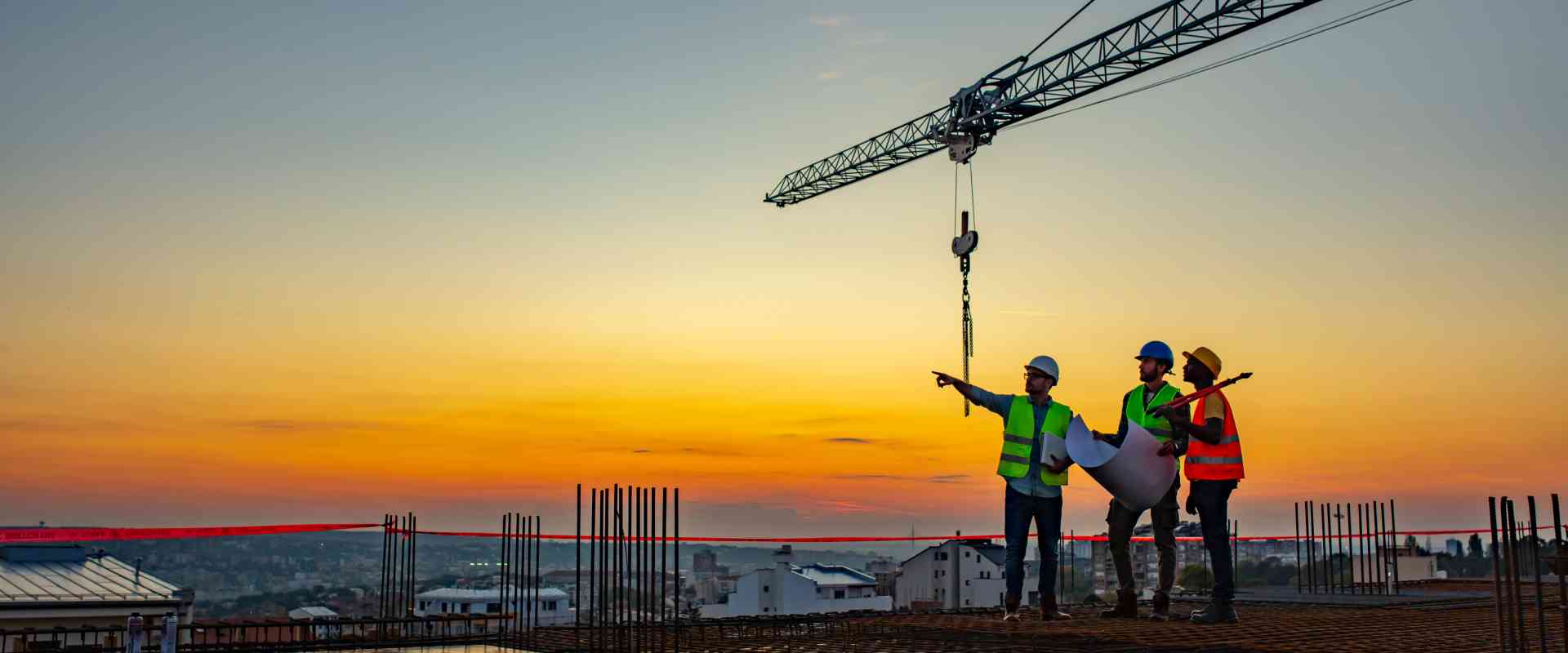
April, 2023
The key trends in the construction industry for 2023 are not new, but they are growing in intensity.
1. Modular and Offsite Construction
Modular and offsite construction refer to the process of building structures in a factory and then transporting them to the construction site for assembly. This method of construction is gaining popularity because it offers a faster, more efficient, and cost-effective way of building. It also provides greater control over quality and reduces waste, which is critical in today’s environmentally conscious world. The use of modular and offsite construction is expected to increase in the coming years, especially in the residential and commercial building sectors.
2. Sustainable Construction
Sustainable construction practices involve using renewable and environmentally friendly materials, designing energy-efficient buildings, and reducing waste during construction. As the world becomes more conscious of its carbon footprint, sustainable construction practices are becoming increasingly important. Environmental Product Declarations (EPDs) have gained popularity in recent years as a trend in the construction industry, particularly in the flooring sector.
An EPD is a comprehensive report that provides transparent and verified information on a product’s environmental impact over its entire life cycle. This includes everything from raw material extraction and production to use, maintenance, and disposal. EPDs enable stakeholders to compare products and choose those with the lowest environmental impact. This promotes sustainability in the industry and aligns with the growing demand for environmentally conscious practices.
3. Building Information Modelling (BIM)
While BIM (Building Information Modelling) has been around for a while, it has become a more prevalent trend in recent years. This is because the technology and software used in BIM have advanced significantly, making it more accessible and user-friendly for architects, engineers, and contractors. Additionally, as the construction industry continues to become more digitised and automated, the use of BIM has become more widespread, with more companies adopting it as a standard practice. Furthermore, BIM is continually evolving, with new features and capabilities being added, making it an evergreen trend that continues to develop and improve over time.
4. Virtual Reality and Augmented Reality
Virtual Reality (VR) and Augmented Reality (AR) are becoming more popular in the construction industry as they offer immersive experiences for clients and stakeholders. With VR and AR, clients and stakeholders can visualise a project before construction begins, providing an opportunity to make changes early in the design phase. VR and AR can also be used for training and safety simulations, reducing the risk of accidents and injuries on construction sites.
5. Digitalisation and Automation
The use of digital technologies and automation is becoming more common in the construction industry. Drones are increasingly being used for surveying and inspections, reducing the time and cost of collecting data. Autonomous equipment for construction is also being developed, reducing the need for human intervention, and improving safety on construction sites. Cloud-based project management tools are being used to increase collaboration, transparency, and data sharing, improving project outcomes.
Overall, the construction industry is embracing technology, sustainability, and collaboration to increase efficiency, reduce costs, and improve project outcomes. As the world continues to evolve, it is essential for the construction industry to adapt to meet the changing needs of society.
Sources: